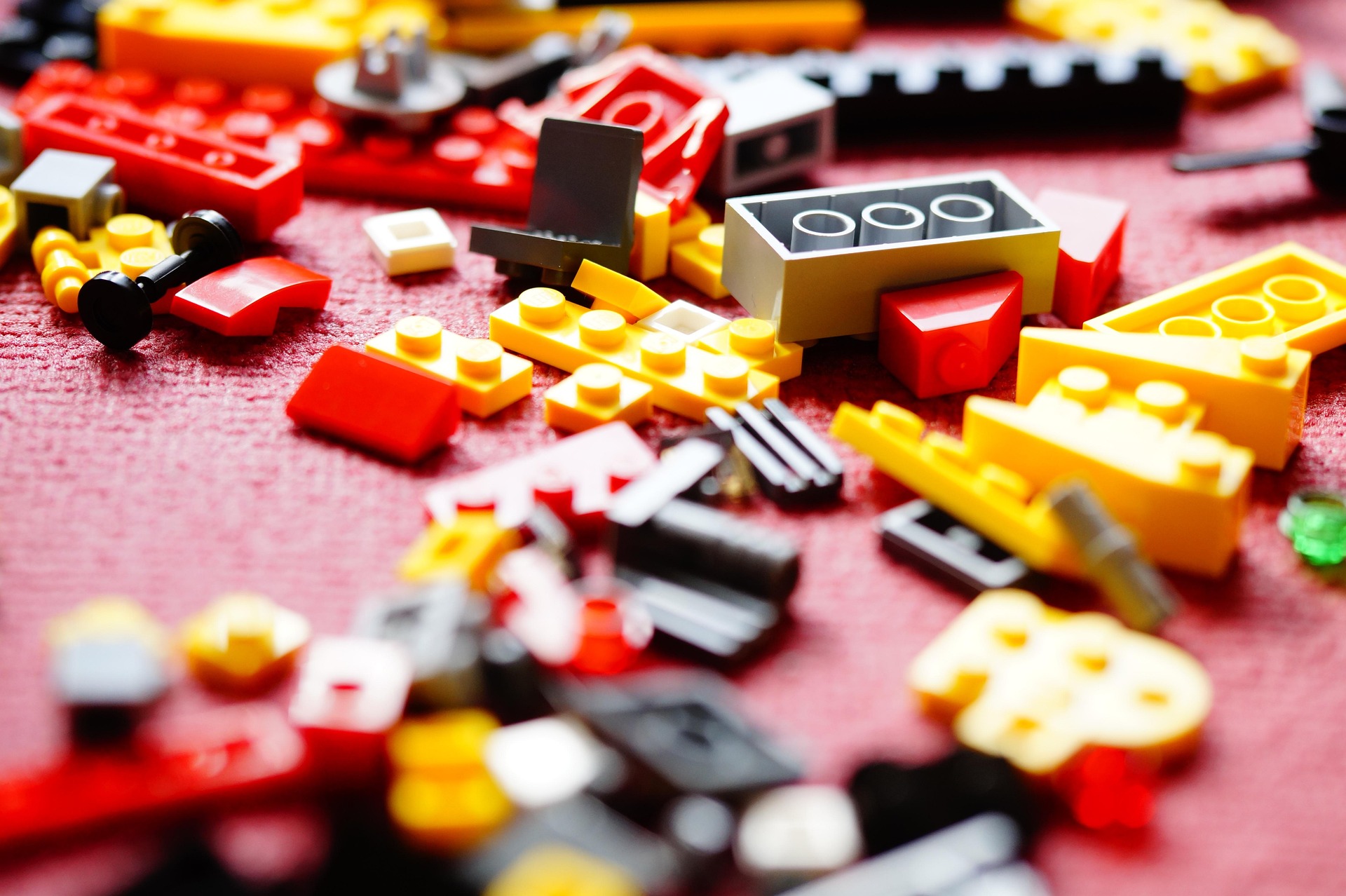And finally… block party

The world’s first industrial-grade, fully automated system that recognises and sorts pre-owned LEGO bricks has been unveiled.
The launch coincides with Lithuania-based Sort A Brick’s next €3 million seed funding round, aimed at scaling operations and expanding access to sustainable brick play across Europe.
Sort A Brick’s mission is simple yet ambitious: to bring billions of forgotten LEGO bricks back to life. Using AI-powered computer vision and sorting technology, the company cleans, identifies, and repackages customers’ used bricks into ready-to-build sets — saving time, money, and the planet.
The inaugural platform combines custom hardware, software, and proprietary AI to tackle one of the toy industry’s biggest challenges: sorting mixed piles of LEGO quickly and accurately at scale.
Previously, the process relied on slow, manual labour and multiple scans per brick. Sort A Brick’s innovation changes that — recognising over 25,000 unique pieces in more than 4,000 shapes and 40 colours, and achieving greater than 99% precision. It can even match bricks to over 10,000 official LEGO sets, reassembling customers’ collections into complete, build-ready sets in a fraction of the time.
With over 420 orders totalling 5,000 kilograms of bricks from 16 countries, the company is already proving that circular play can be both scalable and fun.
At the heart of the patent-pending platform is a custom-engineered conveyor that uses computer vision trained on data from tens of thousands of LEGO bricks. Loose bricks are poured into a feeder, separated, and sent through a recognition chamber where AI identifies each piece by shape, colour, and fine detail — even differentiating between lookalike parts.
The system then creates a precise digital inventory, matches it to existing LEGO sets, and fills in any missing pieces to make sets complete.
“Our conveyor is the first of its kind — an industrial-grade machine with exceptionally high accuracy that can process around 1,000 parts per hour,” says Ilya Malkin, Sort A Brick co-founder.
“It can handle up to three times the volume of manual sorting while using less than a tenth of the labour.”
With the second-hand market for toys growing amid rising costs and shifting consumption habits, Malkin sees enormous potential.
“We estimate the secondary LEGO market surpassed retail growth over the past five years, reaching around €1 billion in 2024,” he notes.
“Yet only a small fraction of LEGO bricks re-enter circulation. With the right technology, we can unlock huge untapped demand for quality used sets.”
While programs such as LEGO Replay, Magic Brix, and BrickRecycler.com focus on redistributing loose bricks, Sort A Brick’s system takes it a step further — returning customers’ own bricks as fully complete, ready-to-build sets, advancing the toy industry toward a closed-loop reuse model.
Sort A Brick is already developing a next-generation conveyor designed to operate at 20 times the current speed while maintaining unmatched accuracy.
“With every iteration of AI training, we’re moving closer to our ultimate goal — recognising every LEGO part in every colour ever made,” says Malkin.
Plans are underway to open two pilot sorting centres in Western Europe, laying the foundation for wider expansion.
“By enhancing capacity, we can serve more families and make sustainable play accessible to everyone,” Malkin added.















